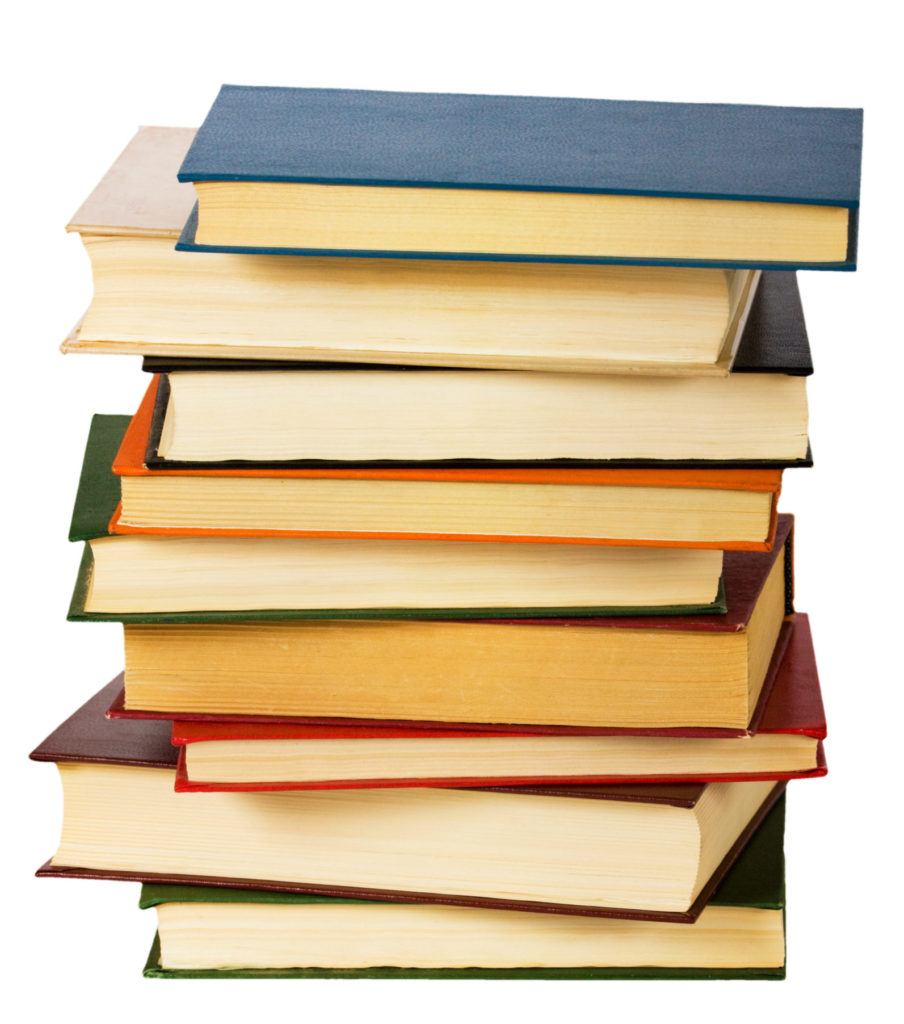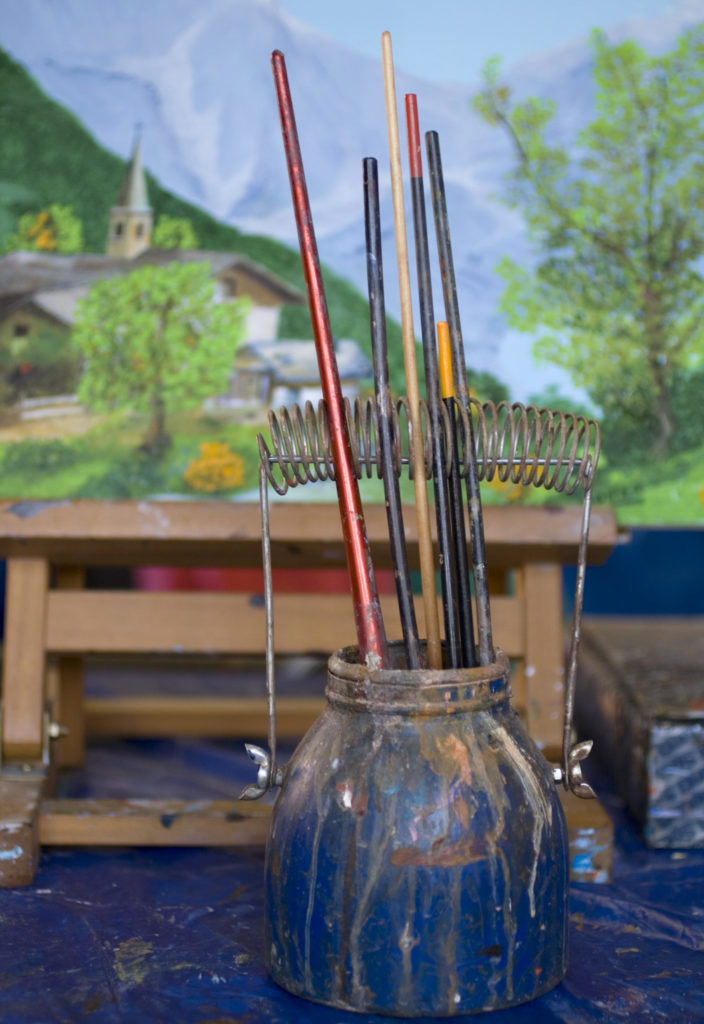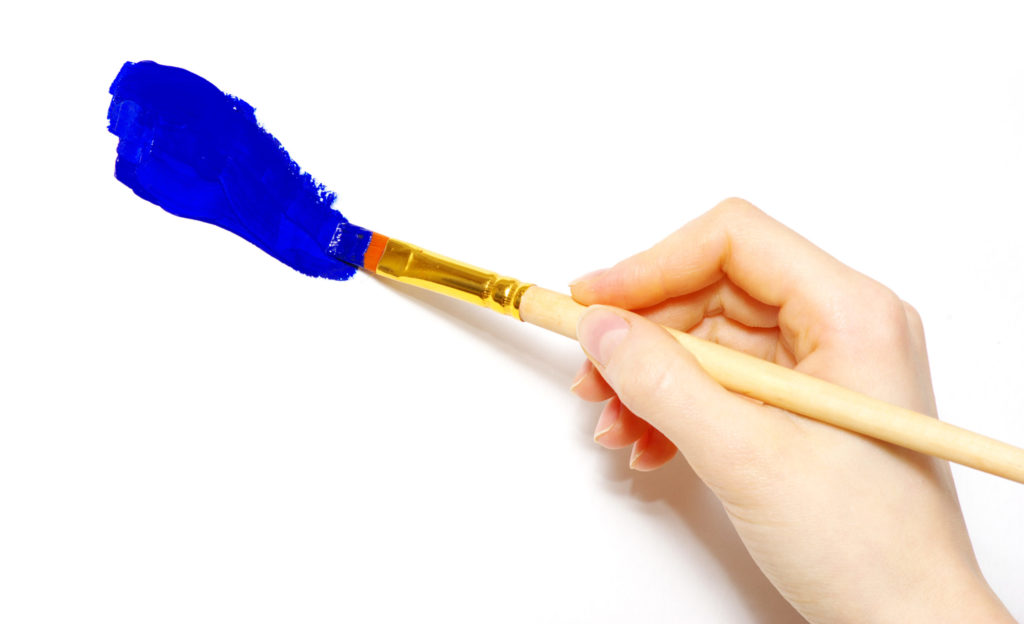They say repetition is the mother of skill, and I believe that to be true. But, there’s more to the story. Skill is a product of more than repetition. I believe skill also comes from reading.

Wait…”reading”? What do you mean?
Ok, let me back up a bit. I just said “skill…comes from reading” because I’m thinking within the context of a text-centric world, like coding. What if we go up a level of abstraction and generalize this concept? From a more general point of view, what I’m really talking about is observation.
Building Skill Through Observation
It makes sense when you think about it, right? Have you ever been to an art museum and seen painters there painting the paintings of other painters? Whew! That’s a mouthful to say.
A couple of months ago, I went to the National Gallery of Art in Washington, D.C. In the West Building, there is a room of portraits painted by Dutch artists in the 16th and 17th centuries. For a little context, some of these painters were contemporaries of Rembrandt.
As I walked through the gallery, I noticed a wooden easel set up in front of one of the paintings. There was an unfinished reproduction of that gallery painting leaning against the easel. There was an artist there with her brushes and pigments set up. She was carefully observing and copying the work of one of the 17th century Dutch painters.

Is it even worthwhile to copy another artist’s work? Shouldn’t she just find her own model and spend her time painting from life? Well, I think the answer is yes and yes. By closely observing the gallery painting, that artist was able to pick up techniques and skills that she could then apply to her own paintings.
There are many reasons why artists use this technique to improve their skills. Here are three specific virtues of the technique I would like to point out.
Simplify the Training Ground
Learning to paint well is a complicated venture. There are so many variables to study and practice. The artist must train herself to see in a new way. She must train herself to control her muscles in a certain way to produce a desired brush stroke. She must learn to mix paint. She must learn about lighting and composition. She needs to understand how to layer paint on the canvas in just the right way…and the list goes on and on.
When you are actively trying to stretch yourself, it can be helpful to pin down some of the variables that have to be considered. By doing so, you free up mental bandwidth to focus on training a certain subset of skills.
In the case of the artist working off of the old Dutch painting, she does not have to find a subject, design a composition, arrange lighting conditions, or ponder a new color scheme and mood. All of the planning, design, and setup work has been taken off the table.
With those considerations out of the way, perhaps she can just work on training herself to build up color on the canvas. Or perhaps she wants to focus on improving her ability to control her brush strokes.
Expand Your Vocabulary
In the process of painstakingly observing the work of the original painter, the artist was exposing herself to a particular philosophy and approach to the craft of painting. This active exposure either expanded or deepened her awareness of what is possible, enabling her to add tools to her toolbox. The cool thing about this is that she can take these new tools with her beyond this copying exercise.
Furthermore, with her expanded awareness of ways to paint, she can approach new problems with an ability to see what is going on at a higher level of fidelity. This richer perspective opens the door to greater creativity because she will be able to make connections and have insights that were previously not possible.
It’s Harder to Forget Engagement
Last, but not least, let’s talk about engagement. The artist could have found a brochure at the museum that described the work of this particular 17th century artist and what was exceptional about it. That kind of information has its place, but it’s passive and somewhat shallow. It’s the first kind of information that is forgotten later on.
Contrast that with the level of engagement this artist undertook. She carried her art supplies down to the museum day after day and sat for hours, working on her reproduction. The process took concentration, patience, and stamina. The information intake was on multiple levels. It was embedded not only in her mind, but in her eyes, hands, and arms as well.

With that level of engagement, the information sticks around longer.
Actively Reading Software
Back to the world of words and text. Let’s return to that inaugural commentary: skill comes not only from repetition, but from reading (or observation) as well. I think the method of reading the work of other software developers also functions as a valuable tool for growing your abilities to build software. Like the artist in the museum, you have to find a way to actively read the documentation that other coders have left behind. A goldmine of just this sort of documentation is, of course, GitHub.

You can go onto GitHub and find a project that exhibits some aspect of your software development game that you would like to improve. From there, you can actively read it.
There are various ways you can go about actively reading a software project. The key is to engage with the code in some way. You could literally retype the project word by word. You could pinpoint a certain feature to trace through the project and see if you can modify it in some way. Or, you could even create diagrams to visually illustrate how the code is structured. The possibilities are numerous.
Conclusion
To recap, there is a lot of value to be found in the process of actively reading a code base. Since the goal of this site is to find ways to push to the next level as engineers and software professionals, we will continue to explore ways to actively read code through the Code Reading series.